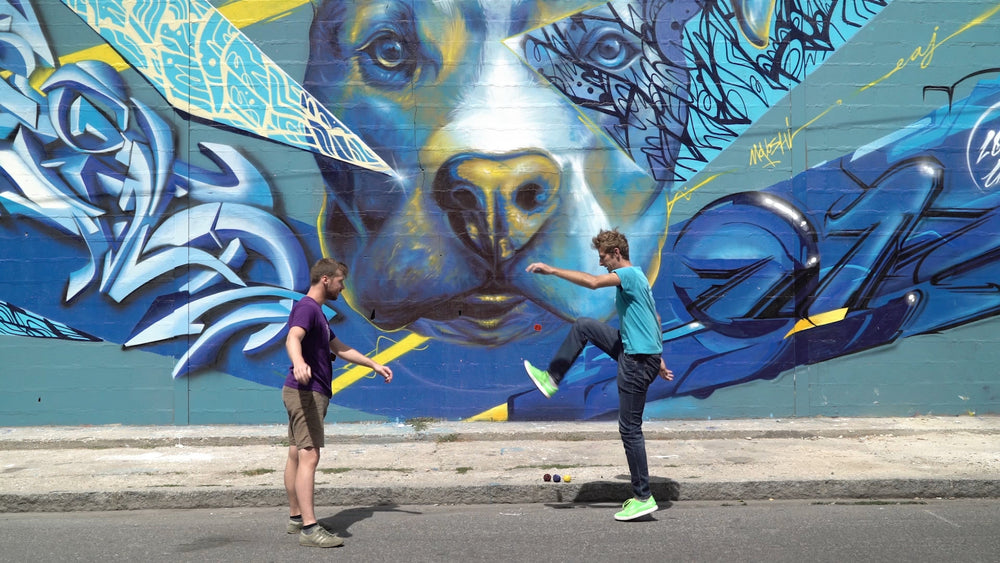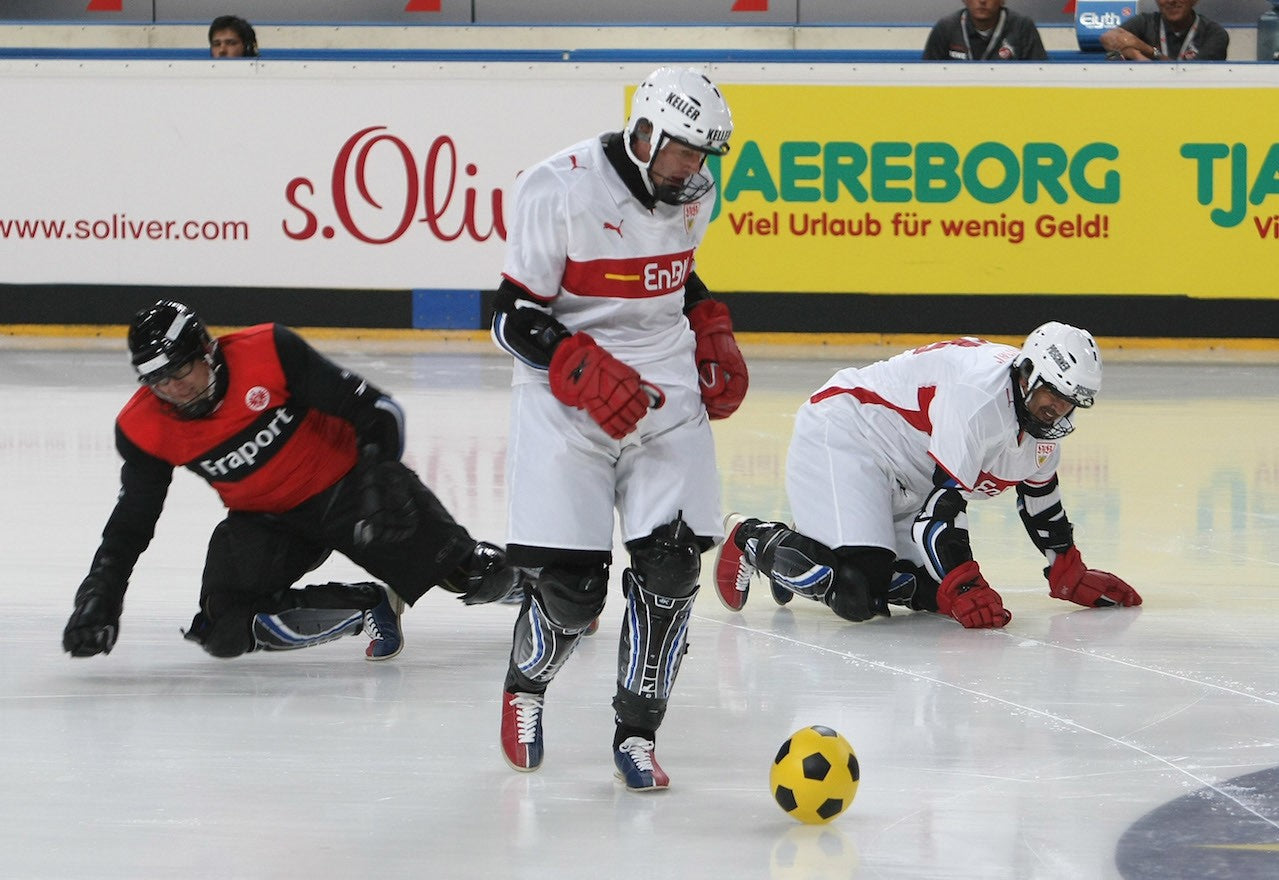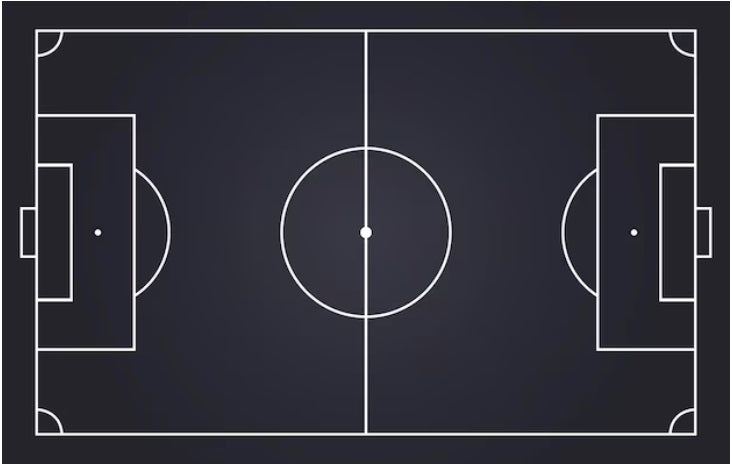The Asian origins of Plumfoot: Dacau, Jianzi, Sipa
Called Jianzi (毽子), Ti Jianzi (踢毽子) or Jianqiu (毽球) the first Chinese Flying Wheel was born 5 century BCE in Vietnam, then a Chinese province. The Vietnamese name is DaCau, it would have taken its origins from Cuju, the Chinese ancestor of the football. Dacau and Jianzi are national phenomena. The game has spread throughout Southeast Asia in various forms, called Chapteh in Malaysia, Sipa in the Philippines, Tot Sey in Cambodia.
The first official Shuttlecock competition (the English name for Jianzi) took place in 1933 in China. The film “The Flying Feather” was a resounding success in 1951. Since 1984 Jianzi has been the official Chinese national sport.
Jianzi appeared in Europe during a demonstration at the 1936 Berlin Olympics by a Chinese athlete from Jiangxu province. Since then, many European fans, the Germans on the front line, have joined the community of enthusiasts.
The Plumfoot World Championships have been held every year since the creation of the International Shuttlecock Federation (ISF) in 1999. ISF members include China, Taiwan, Finland, Germany, Holland, Hungary, Laos, Vietnam Greece, France, Romania, Serbia, etc.
Since then, the sport has received greater recognition as it was included in the 2003 Southeast Asian Games.
The book “The Chinese Steering Wheel”, written by Chu Minyi and Louis Laloy in 1910
The Chinese Steering Wheel is an illustrated manual that provides instructions for a total of 38 techniques, ranging from simple tricks to spectacular acrobatic displays! Written in 1910, this book is a little gem for fans of this sport!

The book begins with simple techniques, such as striking with the left or right foot.

The side kick

More advanced techniques, such as the crab style kick

The book even explains how to jump with both feet!
© 2019 JugglePro. Reproduction prohibited without the authorization of the author


















